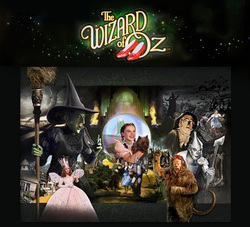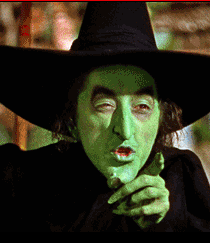
Despite the headwinds, there are still many pinball enthusiasts who are out there trying to save the game, much like Skee-Ball devotees are trying to save that game by instituting tournaments and generating buzz by deeming it a sport “almost recognized in the 2012 olympics”. These coin-toting strongmen, with a flare for slapping giant wooden boxes and shaking them harder than a 7.0 Richter Scale earthquake refuse to let go of their insatiable appetite for blinking lights, multiplier jackpots, and the ever-elusive quest to make the top score board.
If your goal is to keep the game relevant (and thereby ensure that there are enough new games and suppliers/servicers to help keep pinball machines ticking), how do you convince a younger and increasingly-tech savvy generation that pinball can be fun? You do what any enterprising tycoon does: you turn to synergies; brand and copyright synergies, to be exact.
Such fusions of recognized names, imagery, and themes are the result of careful (and comprehensive) negotiations between the people responsible for the recognized imagery and names and the makers of the video games. There are a laundry list of issues that brand owners have to address including the relationship between the owner itself and the manufacturer of the game (does a joint venture make sense?), which names/characters/songs will be licensed, what to charge for each licensed item, and final approval of the designs for such games. Negotiation of such terms can take months if not years. As the owner of a well-known brand, it definitely pays to be nimble in such negotiations to capitalize on the swell of consumer demand that surrounds the publicity of a successful movie or TV show launch. Developers of the video games, too, have an incentive to be open in their negotiations and be willing to pay premium prices in some cases to gain access to some of the most recognized names/characters/songs. Or, as may have been the case with Jersey Jack, the idea for the pinball game and the inclusion of all the different characters may have been so unique and innovative that Warner Brothers, the current owner of rights in the name, screenplay, and characters, just couldn’t pass up the opportunity.
Video game licensing of well-known trademarks and on-screen characters (big screen, transplanted to the small screen) is nothing new. But the Jersey Jack game takes components from the Wizard of Oz and creates a dynamic user experience. It is precisely the kind of experience that players increasingly demand in their gaming environments because people want to be in the game and they want things from the game that make it more “real”. And this may have been the reason why Jersey Jack was able to secure so many rights: they had an idea for a game that got a player really involved, giving Warner Brothers and the Wizard of Oz additional goodwill, boosting the value of their brand.

There isn’t any uncertainty as to what elements of the 1939 movie are protected. Depictions of the Wicked Witch of the West, Dorothy and her red slippers, and (of course) all of the other beloved characters are all protected by copyrights, as are any depictions of the likeness of these characters. If these depictions are the most widely recognized (and likely to garner the most commercial success), licensing anything less or attempting to create your own characters based on the 1900 book would be an unmitigated disaster (kind of like the 2014 animated film flop Legends of Oz: Dorothy’s Return).
Commercially disastrous flops are, of course, not great starting points if you are trying to revive an entire class of games. I think that’s a pretty solid takeaway from all of this.


 RSS Feed
RSS Feed